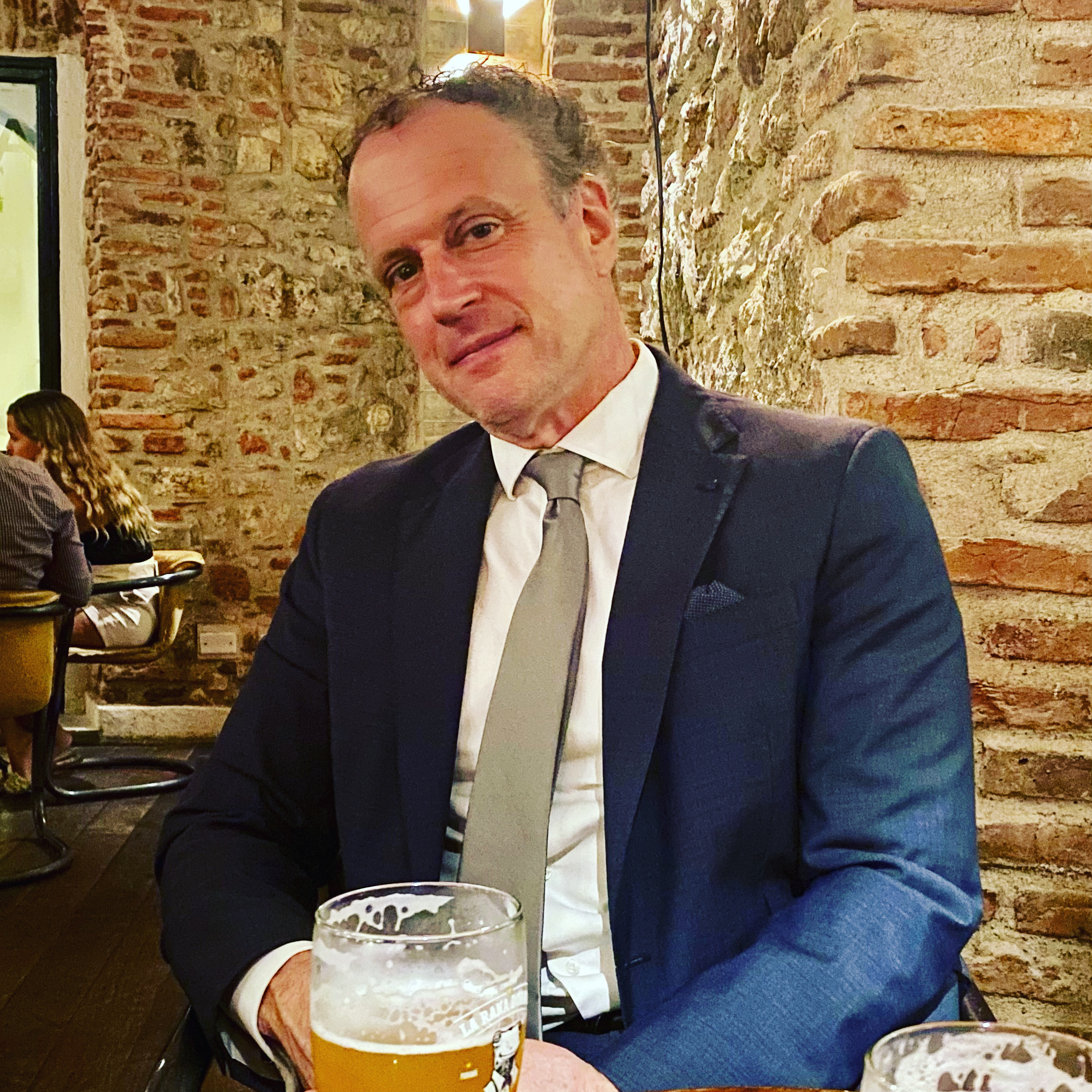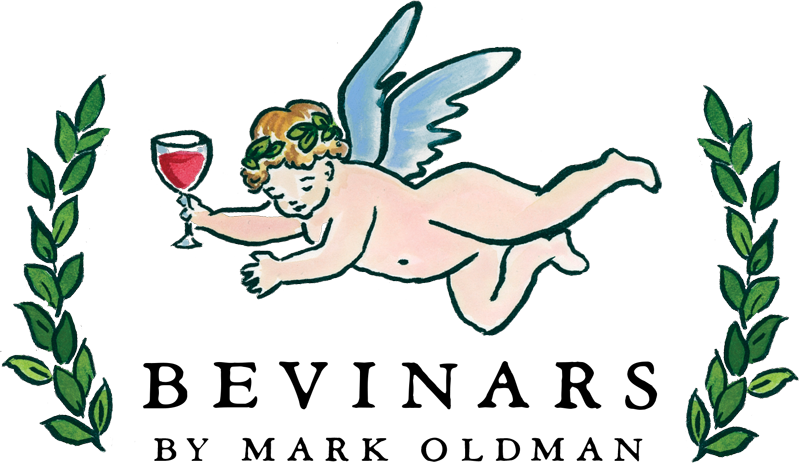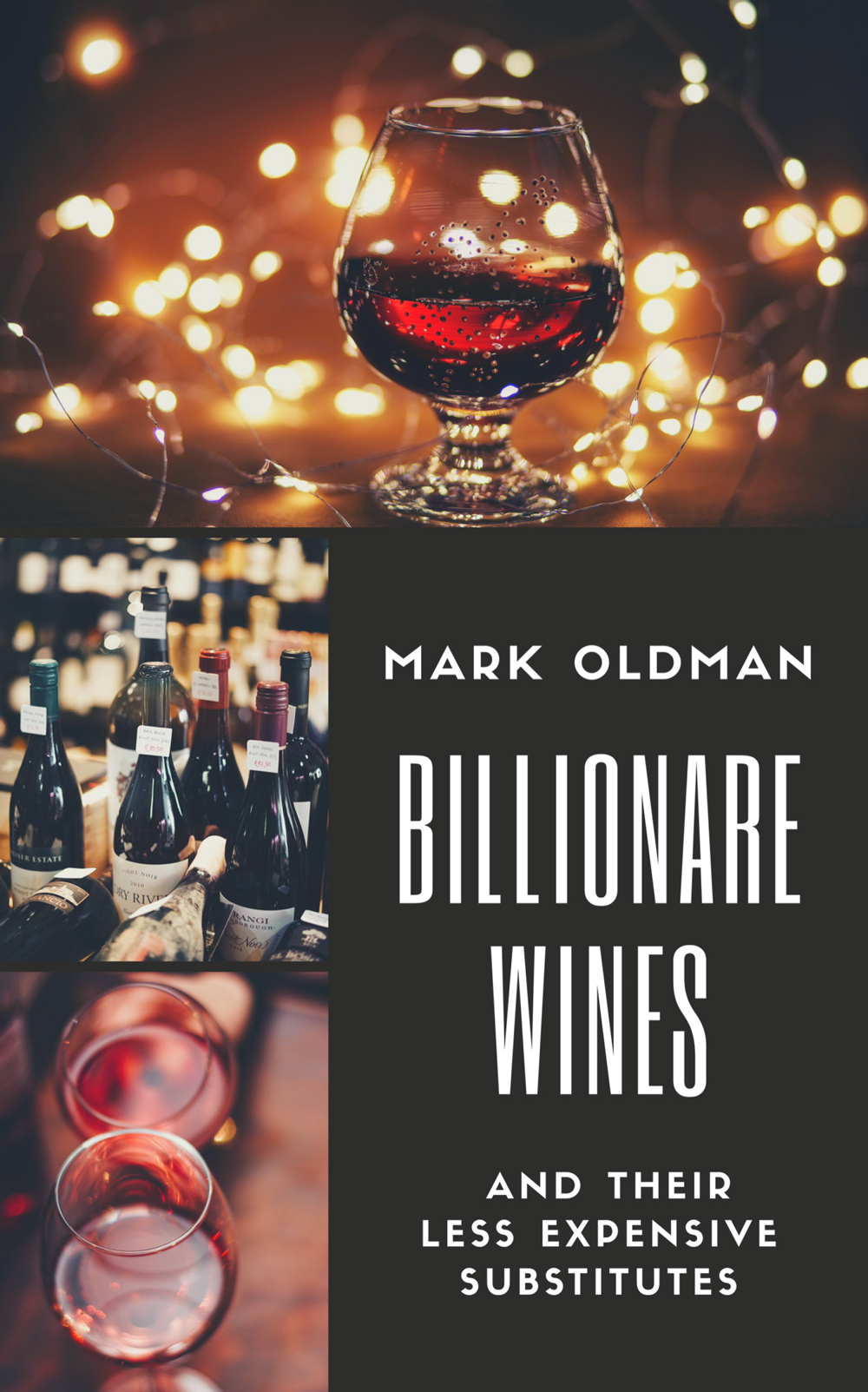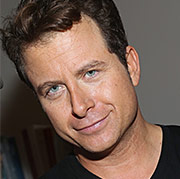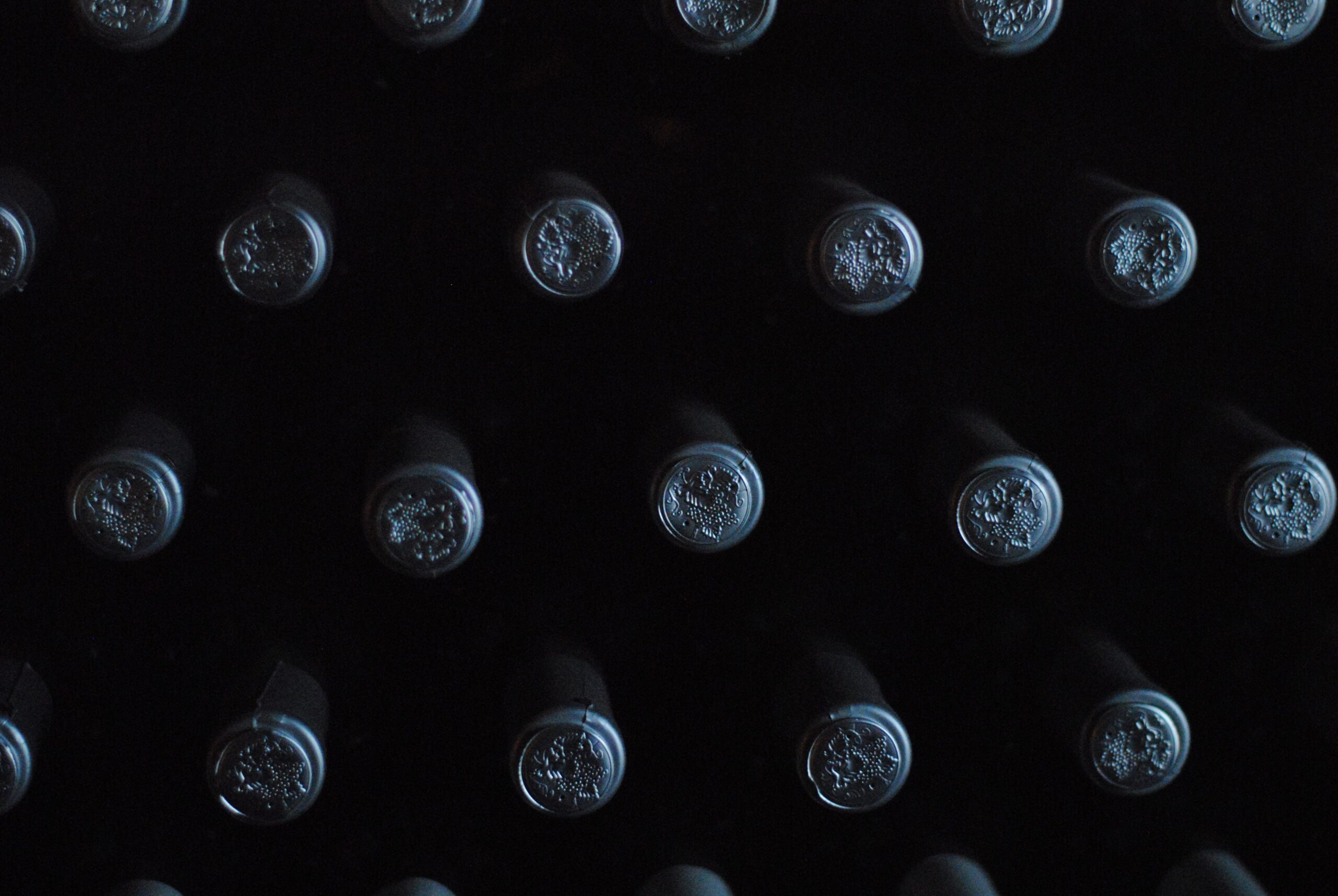
Investment Wines
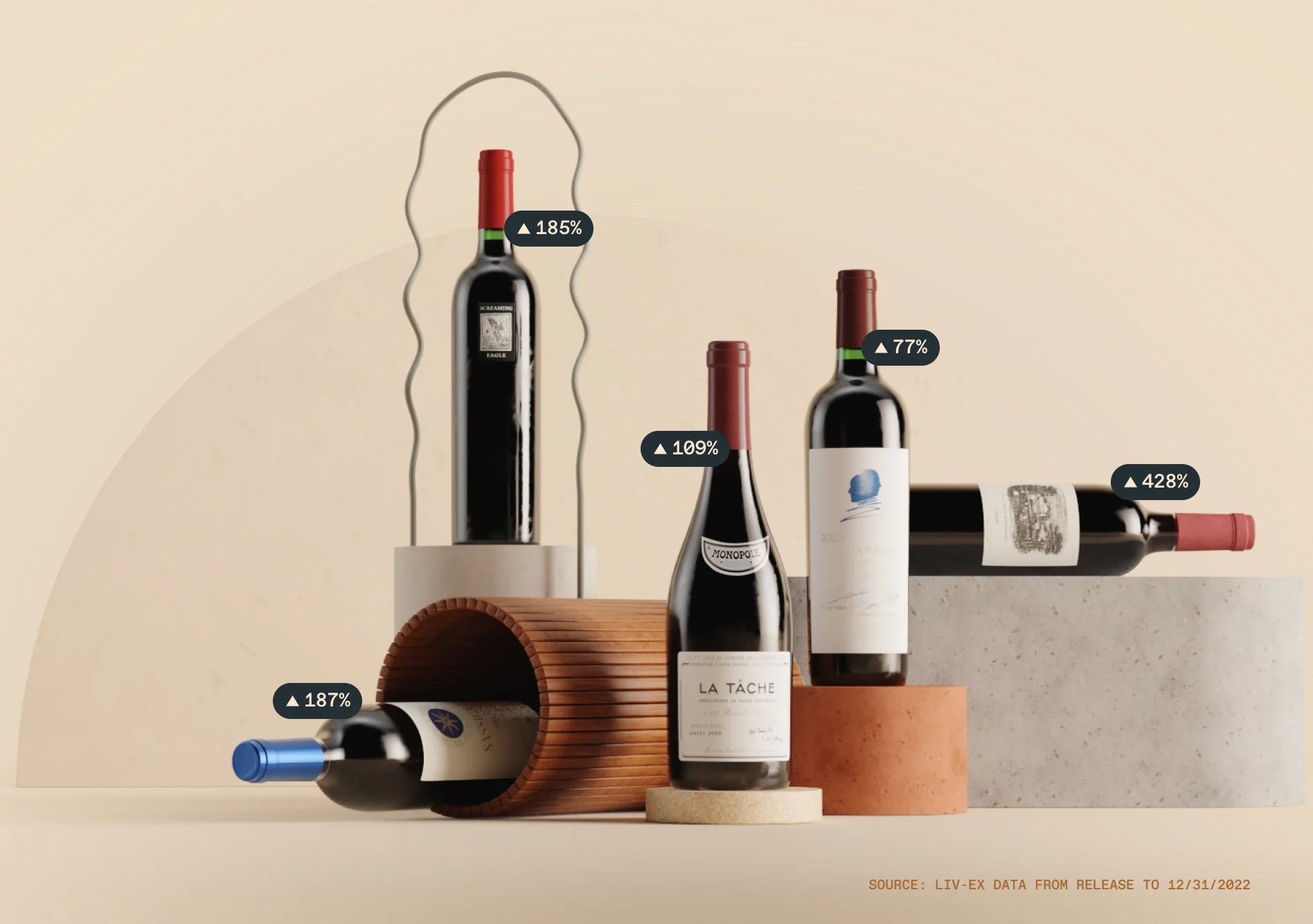
Investment wines.
They possess digitzed scores by “objective” critics, limited production dates, historical auction prices, even published indices and “accurate, real-time transaction prices.”
This is the numericization of fine wine, where numbers represent aroma, tannins, flavors, balance, and structure. No need to taste, just look at the numbers!
Purely investing in fine wine, without ever drinking it, thus seems foolhardy to many. Wine should be enjoyed, layed down in the cellar, perhaps, but still, at some point, drunk and savored.
Will fine wine increase in value? Sure, but as an investment? It makes sense for some, always part of what investment advisors will call a “balanced portfolio.”
Wine Investing through History
Numbers and wine started their association when British elites realized that claret quality varied by vintage in the 1750s; numerical scores started at Italian wine competitions in the late nineteenth century; and then critic Robert Parker, in the 1980s, at once democratized understanding wine using numbers while also assigning great value to wines scoring 94, 97, or 100. Wine futures—mainly Bordeaux en primeur but also Bourgogne in the fine wine market— started selling to the public in 1960s and 1970s Manhattan.
Liv-ex made wine like the stock market, with its 50, 100, and 1000 wine indices.
Then, a few years ago, Vinovest combined robo-investing with numerized wines. Answer a few questions at the start, and AI will make purchase decisions for you.
Numbers combined with wines removes the guesswork, maybe.

Does wine Belong as an Investment?
When we talk about investments, most people think of stocks and mutual funds. Some look to tangible real estate: houses or condos. Another option is to invest in precious materials, such as gold and silver, or jewelry. And some even lean towards the world of art.
However, there are other assets that are not as common but appreciate consistently over time and are not directly affected by market fluctuations. Investing in wine counts as top among those, and an increasing amount of transparent information as well as investment methods exist, starting as low as $1000.
Scarcity matters
Since the mid-20th century, the world has experienced economic crises, financial storms, wars, revolutions, and even a pandemic. How is it possible, then, that luxury wine investment is relatively consistent? The answer lies in the simplest of economic models, the law of supply and demand. In the world of wine, supply is, and always will be, very limited.
A luxury wine is a gem, a work of art with limited editions. That is, don’t invest in supermarket wine; look for scarce wines that already have or will develop a renowned reputation.
Liquidity?
One caveat, as wine investment company OENO states, “Like many ‘real assets’, fine wine and whisky are – ironically – considered illiquid holdings, meaning collectors should not expect to sell at a fast pace.”
Fine wine is by definition a scarce asset that diminishes with time. Every time a bottle of Screaming Eagle or DRC wine is uncorked, value is added to the bottles that are stored, creating a multiplying effect with each sip. Additionally, there is a growing demand in emerging markets such as Asia, the Americas, and Africa, where the elites are increasingly seeking this kind of luxury.
COVID-19 and Luxury Wine Investment
Interestingly, this trend continued to increase recently. The effects of the COVID-19 pandemic were undoubtedly devastating for almost all markets. However, the consumption of luxury wine increased, so the bottles still closed and stored, purchased as an investment, went up in value. OENO, a company specialized in wine advisory, obtained an average return of 12.4% for its clients during 2020. This is evidence of the solidity and resilience of the market even during the most severe global challenges.
Is Wine a Low-risk investment?
Daniel Walker, Director of Investments at OENO, optimisitcally told a reporter, “Surprisingly, it is one of the safest investments there is.” “Once the purchase is made, the bottles are stored in optimal wine cellars. They are insured 100% and we have an anti-fraud department at OENO Future that ensures the authenticity of the product. In the vast majority of cases, the purchase is made directly from the producer to ensure its origin.” Vinvovest, among others, takes similar measures.
Historical performance
Furthermore, since it has no relationship with the stock market, investing in wine can be a more stable bet in the face of present and future economic destabilizations. The index by which luxury wine investments are governed is the Liv-ex 1000. During the recession of 2007 and 2008, the S&P 500 plummeted by 38.5%, while the Liv-ex 1000 had a slight decrease of 0.6%. Likewise, in March 2020, a date remembered by all, the S&P 500 fell by 25% while the Liv-ex 1000 only by 4%.
Increasing Diversity
While a few years ago Liv-ex’s indices were dominated by Bordeaux and Bourgogne wines, that is slowly changing.
The first Spanish female Master of Wine, Almudena Alberca, believes in wine investment and also that Spanish wine offers investment quality.
She told a reporter, “Investments in wine throughout history seem to have become a refuge.” Don’t expect “astronomical gains,” rather, wine “is a perfect complement to investment diversification, as its value tends to remain stable and offers annual returns of 10-15% in the last 20 years, even in tough years like 2020.” “Macro-economic effects impact, but to a lesser extent” than in other investment categories.
Consideration for Wine Investing
An aspect that the novice investor must take into account is knowing what qualities make a wine worth collecting. Like any asset, the dynamics that govern the wine market change, but key factors remain the same.
Factors to Consider
First, the production volume. Some fine vintages from specific regions produce very low quantities of wine. As the years go by, the growing scarcity of these specimens increases their market value. Think Bourgogne, Bordeaux grand crus, famous Napa estates, and, increasingly, fine Italian wine.
Indeed, aspects such as the winery’s reputation increase the value of the wine. The way it is stored to ensure its perfect preservation must be taken into account. Consider other factors such as vintage, appellation, and whether the wine was limited in production.
Stay Balanced
Sara Danese, a wine investment writer, believes balancing is important, even in your wine cellar. “Wine collectors need to balance the need for wine to drink now, wine for medium-term and wine for the long-term. Indeed there is nothing more annoying than spending anything upwards of $5,000 a year collecting wine and then friends come around to your house and all you have is Barolo 2020.”
Indeed, not everyone has the capital or experience for investment grade wine, but according to Daniel Walker of OENO, neither experience nor capital need bar entry. “We have investors who start without experience and with investments as low as $10,000. This type of novice investor is guided by our advisors and advised on when to buy and when to sell. We also have expert investors who invest amounts of up to seven figures.”
At Vinovest, the minimum is $1000. Once your first deposit lands, the company’s “algorithm begins actively looking for fine wine that fits your investment criteria.” Vinovest says: “We always try to purchase wine below the retail price to ensure the maximum possible return on investment. After that, we authenticate, ship, and store the bottles at the nearest bonded warehouse.”
Information transparency
All-important for investment grade wine is the transparency of information and its opposite, “imbalance of information between sellers (winemakers) and buyers (collectors and investors),” which is a longstanding characteristic of the wine trade, says Danese.
A Wine Economist Explains
In an interview, New York University professor Karl Storchmann discussed buying Bordeaux en primeur (EP) wines, a major source of wine investments, including the history of wine economics, which started with Professor Orley Ashenfelter: “Clear-cut, investing in Bordeaux wine futures would only be sensible if market prices are higher than future prices. The issue is, how can the uninformed consumer predict what the market price will be?”
Storchmann explained: “During the EP campaign, only selected critics may taste the wine, regular consumers rely on their assessment (i.e., critical scores). That is, at first glance, expert opinion is the only source of information.” Then, wine economics was born to analyze the wine market.
“Ashenfelter devised a statistical model to forecast market prices based on publicly available weather data.” The result? “In general, he shows that a warm growing season and a dry harvest time as well as plenty of precipitation in the preceding winter are conducive to wine quality and market prices. He can predict the market price at an accuracy of more than 80% (goodness-of-fit) – significantly higher than expert scores. He also shows that most EP prices are too high – especially in inferior vintages.” So, buyer beware; however, with the Internet, Big Data, AI, and high tech monitoring, that problem is lessening.
